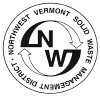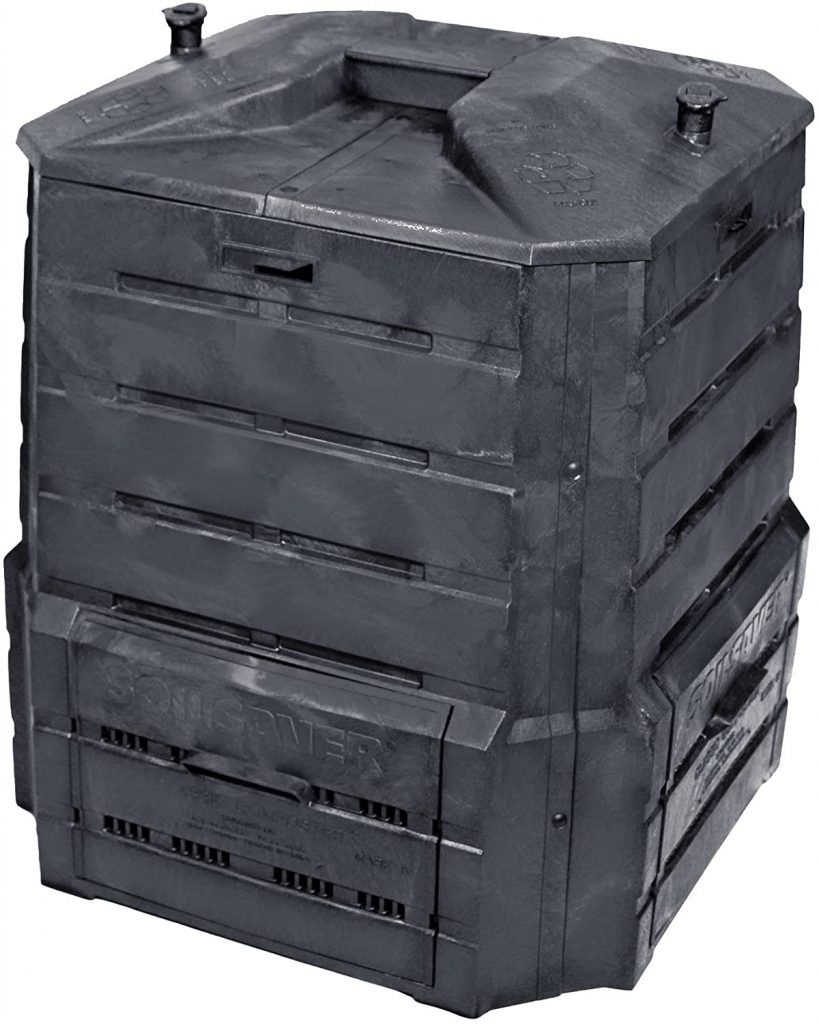Look for a site for your composter or pile that is convenient to get to, but unobtrusive. If you want to add to your pile in the winter, don’t put your location too far from the house. Most backyard compost piles are between 3-6 feet wide and 3-6 feet tall.
A bin isn’t strictly necessary, if you have the space all that’s needed is a pile. The advantages of a bin are that it keeps your pile out of sight if you live in a residential area and can help keep unwanted animals out of your pile.
When choosing a bin, consider how quickly you want the compost. Turning will speed the process and a composter with multiple bins will allow you to turn the compost simply by moving it from one bin to another.
NWSWD offers composters for sale at cost. You can also purchase bins from local retailers, or build your own. Follow the links below for instructions on constructing a bin or pen. An overview of container options from the New Brunswick Composting Handbook. The University of Missouri has instructions on how to build several styles of composter from a turn-able barrel composter to a simple pen, as does Montana State University. If you have access to wooden pallets, follow these easy instructions on making a compost bin from pallets.
While anything organic can be composted, it is recommended that home composters do not add pet waste, human waste, or any meat or dairy products to their bins. Meat and dairy will attract animals you may not want to your yard, while the pet and human waste can contain microbes that you don’t want in your pile.
What you do want in your pile are vegetable and fruit remains, along with leaves, pulled weeds and grass clippings. Ideally, composters balance the amount of carbon rich and nitrogen rich materials in the pile. But you can still be a lazy composter and simply add items when you have them. It will all compost in the end.
A simple way to balance carbon and nitrogen is to mix food scraps and grass clippings with an equal amount of leaves.
The EPA has a list of items you should and shouldn’t add to your compost pile.
It is recommended that you turn your pile periodically and monitor moisture levels, making sure to keep the pile damp. Some compost bins feature helpful designs that make this process easy.
Compost can be used wherever there is soil! Add it to your garden or houseplants, or an area of your lawn that needs additional nutrients. Compost is an excellent replacement for conventional fertilizers, since it reduces run-off and aids in water retention, along with attracting beneficial organisms such as worms to your garden or lawn. Simply mix compost in with the regular soil.



